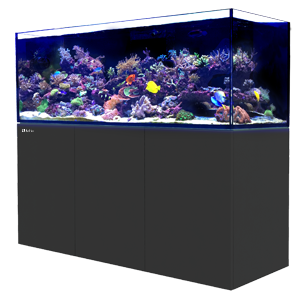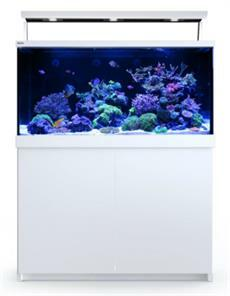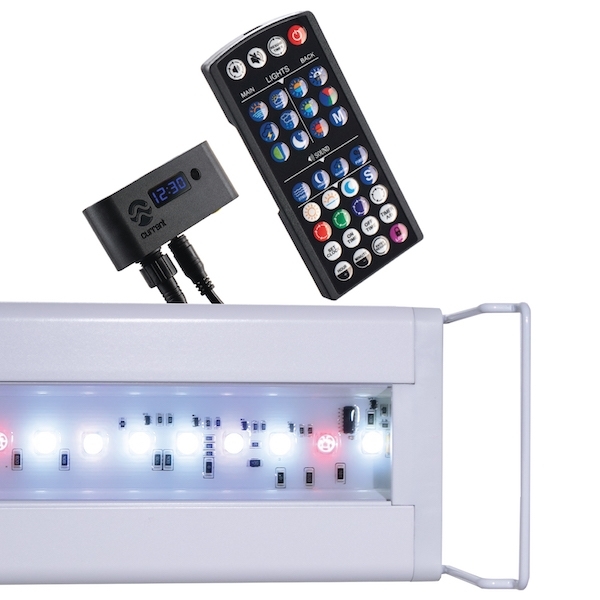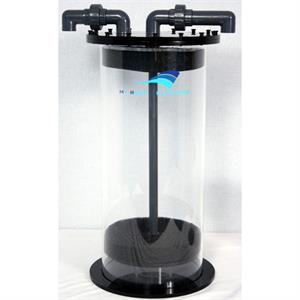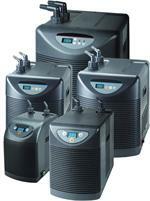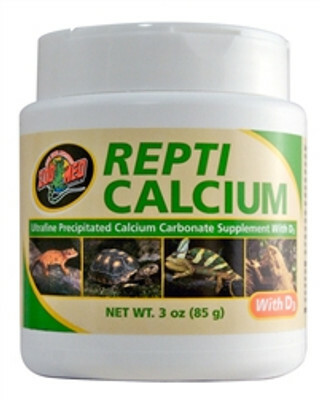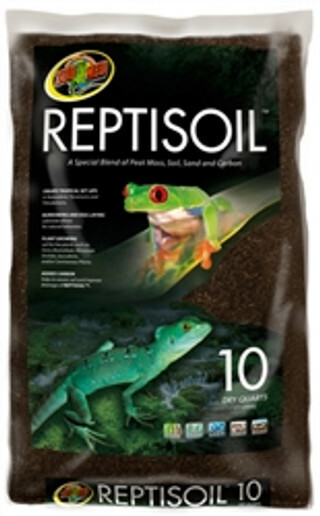Avoid These Common Mistakes When Setting Up Your Aquarium
Fish Tanks Direct on Dec 19th 2024
Setting up an aquarium for the first time can be exciting and challenging. Whether you’re a beginner or have some experience, it’s easy to make common mistakes that can lead to problems down the road. Understanding these pitfalls allows you to create a thriving environment for your fish and plants from the start.
Addressing these common mistakes will help you create a beautiful and healthy aquarium. Let's explore these points in more detail so you can avoid these pitfalls and enjoy a stunning underwater world.
Choosing the Wrong Size Tank
Selecting the correct tank size is one of the most important decisions when setting up your aquarium. Many beginners assume a smaller tank will be more accessible to manage, but this is a common misconception. Smaller tanks can be more challenging because they are less stable and more sensitive to changes in water conditions.
A larger tank, on the other hand, provides a more stable environment for your fish. It can hold more water, which helps dilute toxins and maintain consistent water parameters. This creates a balanced ecosystem where fish and plants can thrive more easily. If you have the space and budget, aim for at least a 20-gallon tank for your starter setup.
Choosing the right size tank also depends on the type of fish and plants you plan to keep. Larger fish and multiple species require more space to swim and establish territories. Overcrowding a small tank leads to stress, disease, and potential water quality issues. Always research the needs of your intended tank inhabitants to ensure you provide ample room for them to live comfortably.
Neglecting Proper Filtration
Proper filtration is crucial for maintaining a healthy aquarium. The filter removes waste, uneaten food, and harmful chemicals from the water, keeping the environment safe for fish and plants. Neglecting this aspect can lead to severe problems, including ammonia and nitrite spikes, which are toxic to fish.
There are three main types of filtration: mechanical, chemical, and biological. Mechanical filters remove solid particles, chemical filters absorb harmful substances, and biological filters use beneficial bacteria to break down waste. A sound filtration system will incorporate all three elements to ensure thorough cleaning.
When choosing a filter, consider the size of your tank and the bioload, which is the amount of waste its inhabitants produce. An undersized filter will be ineffective, while an oversized filter can create too much water flow, stressing the fish. Follow the manufacturer’s guidelines when selecting the right filter for your tank size.
Proper maintenance of your filter is also essential. Regularly cleaning and replacing filter media ensures it operates efficiently. Avoid washing all filter components simultaneously, as this can disrupt the beneficial bacteria colony that helps break down waste. Instead, stagger the cleaning process to maintain a healthy bacterial balance.
Avoiding these filtration mistakes is critical to keeping your aquarium healthy and your fish.
Overlooking Water Quality Maintenance
Maintaining high water quality is essential for the health of your aquarium. Failing to test and adjust water parameters regularly can lead to unsafe conditions for your fish and plants. Key monitoring metrics include pH, ammonia, nitrite, nitrate, and water hardness.
Regular water tests should be performed using reliable test kits to track these parameters. Sudden changes in pH levels can stress or even kill fish, so keeping the pH stable is essential. Ammonia and nitrite are toxic to fish even in small amounts, and nitrates can cause algae growth and poor fish health if they build up over time. Aim to keep ammonia and nitrite levels at zero and nitrates below 20 ppm.
Partial water changes are a straightforward way to maintain water quality. Replace about 20-30% of the tank water weekly to remove accumulated waste and toxins. Use a water conditioner to neutralize tap water chlorine and other harmful substances. Additionally, vacuum the substrate during water changes to remove debris and prevent it from decomposing and polluting the water.
Regular maintenance and water testing create a healthier environment and reduce disease risk. You support a thriving, beautiful aquarium setup by staying vigilant about water quality.
Selecting Incompatible Equipment
Using the right equipment is vital for the success of your aquarium. Incompatible or inadequate gear can lead to numerous issues, from overheating to poor lighting. Here are some essential points to consider when selecting your equipment:
1. Heaters: Choose a heater that matches your tank size. An undersized heater will struggle to maintain the correct temperature, while an oversized heater may overheat the water. Ensure that the heater has an adjustable thermostat for precise control.
2. Lights: Proper lighting is crucial for plant growth and fish health. LED lights are energy-efficient and provide suitable light for most aquariums. However, ensure the light spectrum matches the needs of your plants and fish. Too much or too little light can lead to algae growth or insufficient plant photosynthesis.
3. Pumps and Filters: Select pumps and filters that cater to the specific requirements of your tank inhabitants. High flow rates can stress certain fish species, while insufficient filtration can lead to poor water quality. Check the manufacturer's specifications to find the fit for your tank size and bioload.
4. Accessories: Decorations, substrates, and other accessories should be compatible with your setup. Avoid materials such as limestone or untreated driftwood that could alter the water chemistry. Always rinse new items thoroughly before adding them to your tank to remove dust or contaminants.
By choosing compatible and high-quality equipment, you can avoid common pitfalls and create a stable and healthy environment for your aquarium.
Conclusion
Setting up an aquarium involves careful consideration and planning to avoid common mistakes. Choosing the right tank size provides a stable foundation for your aquatic environment. Proper filtration ensures that waste and harmful substances don’t compromise water quality. Regular water quality maintenance and testing prevent conditions that could harm your fish and plants. Finally, selecting compatible equipment tailored to your tank and its inhabitants is crucial for creating a thriving ecosystem.
Successful aquarium keeping requires ongoing care, attention to detail, and a willingness to learn. By avoiding these common mistakes, you set the stage for a beautiful and healthy aquarium that can be enjoyed for years. It’s about having the right equipment and understanding how each part of the system works together.
Are you ready to set up your aquarium the right way? Visit Fish Tanks Direct to find everything you need, from tanks and filters to lights and accessories. Let our aquarium shop help you create the perfect underwater world for your home. Dive into expert advice and top-quality products at Fish Tanks Direct.

